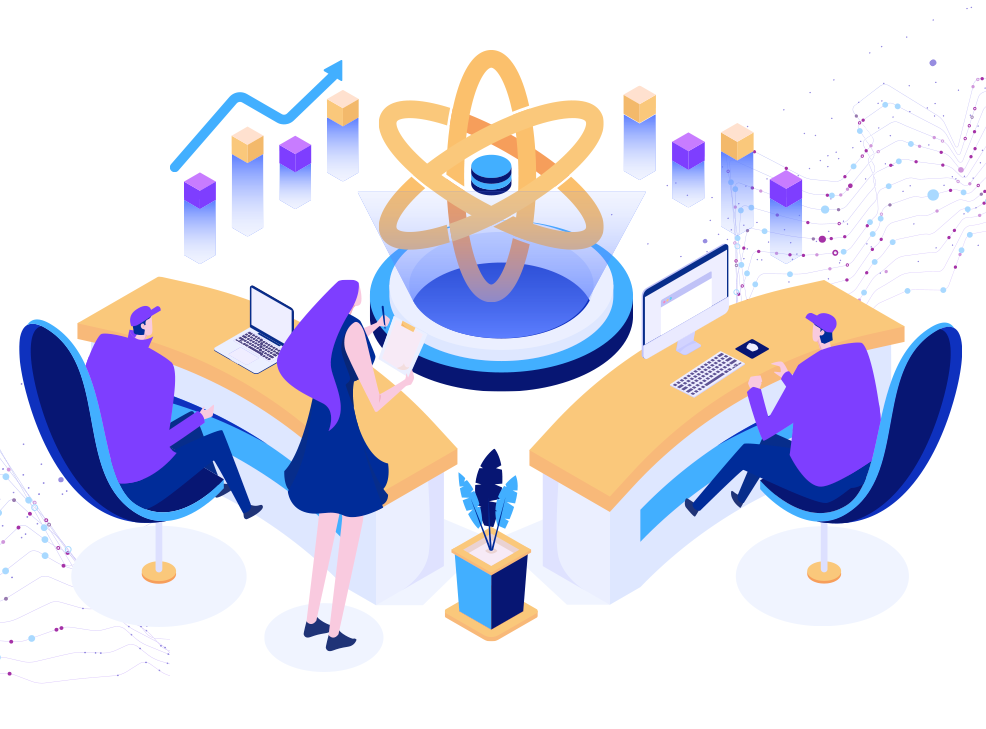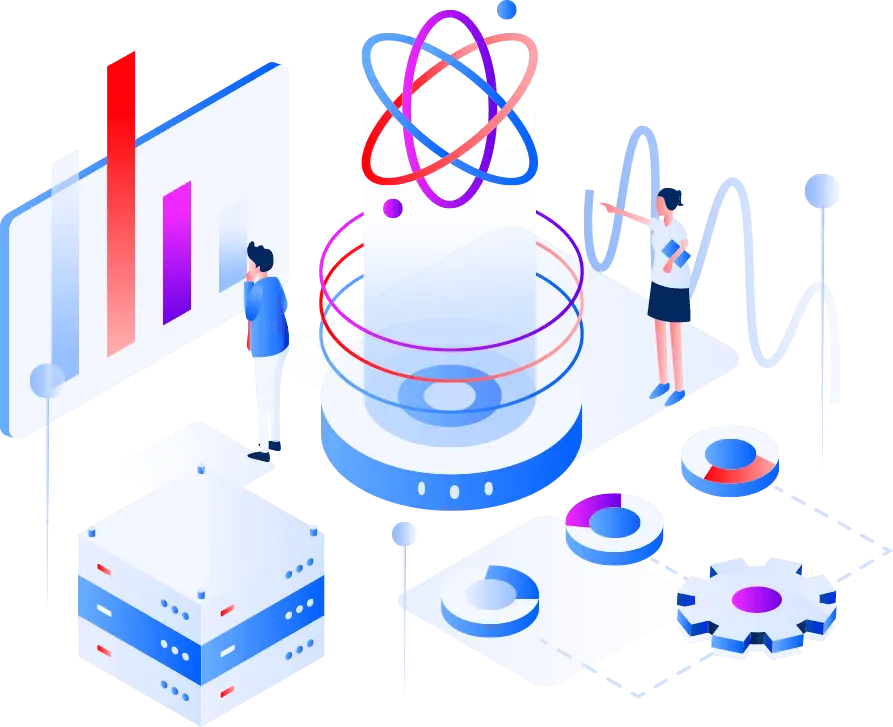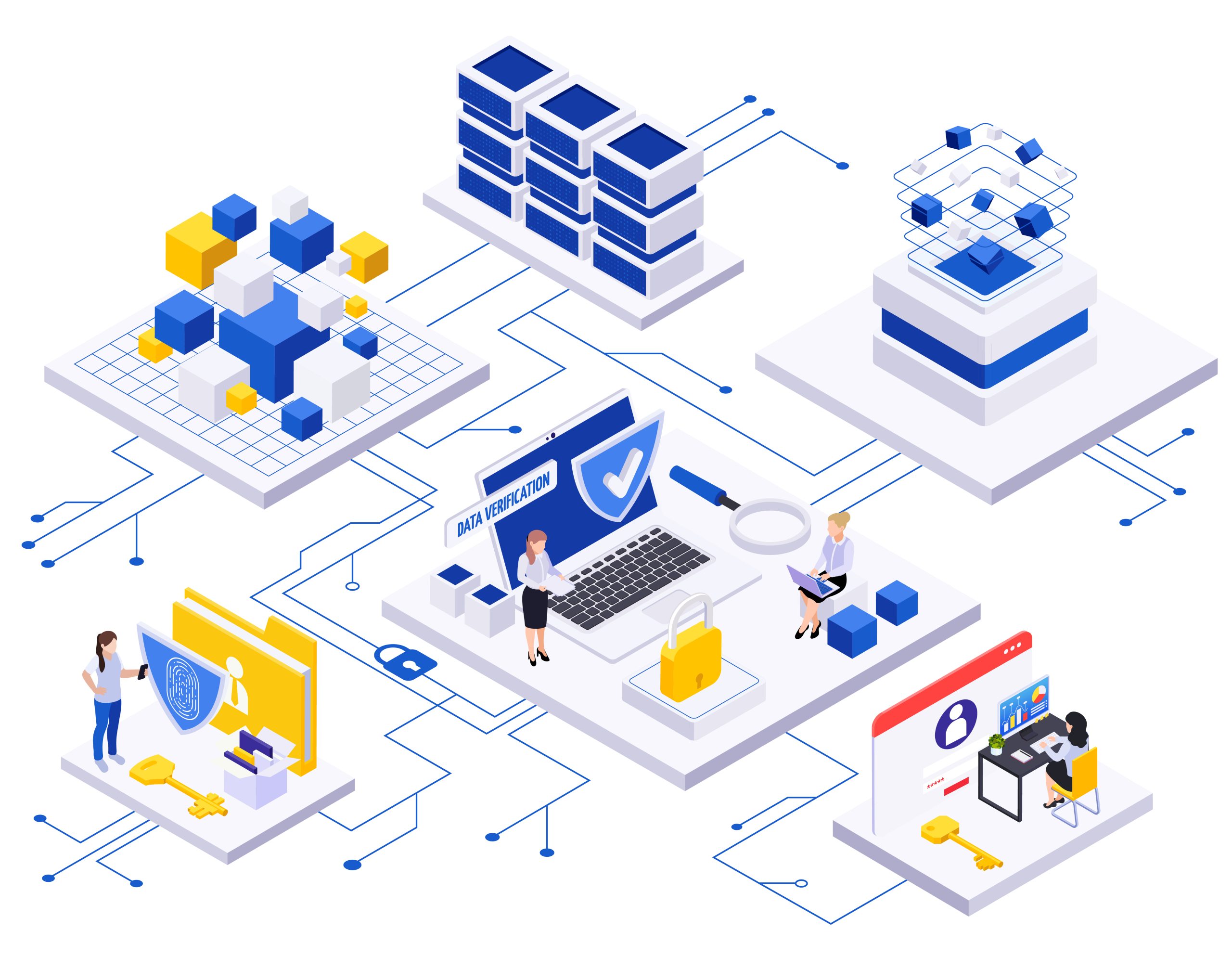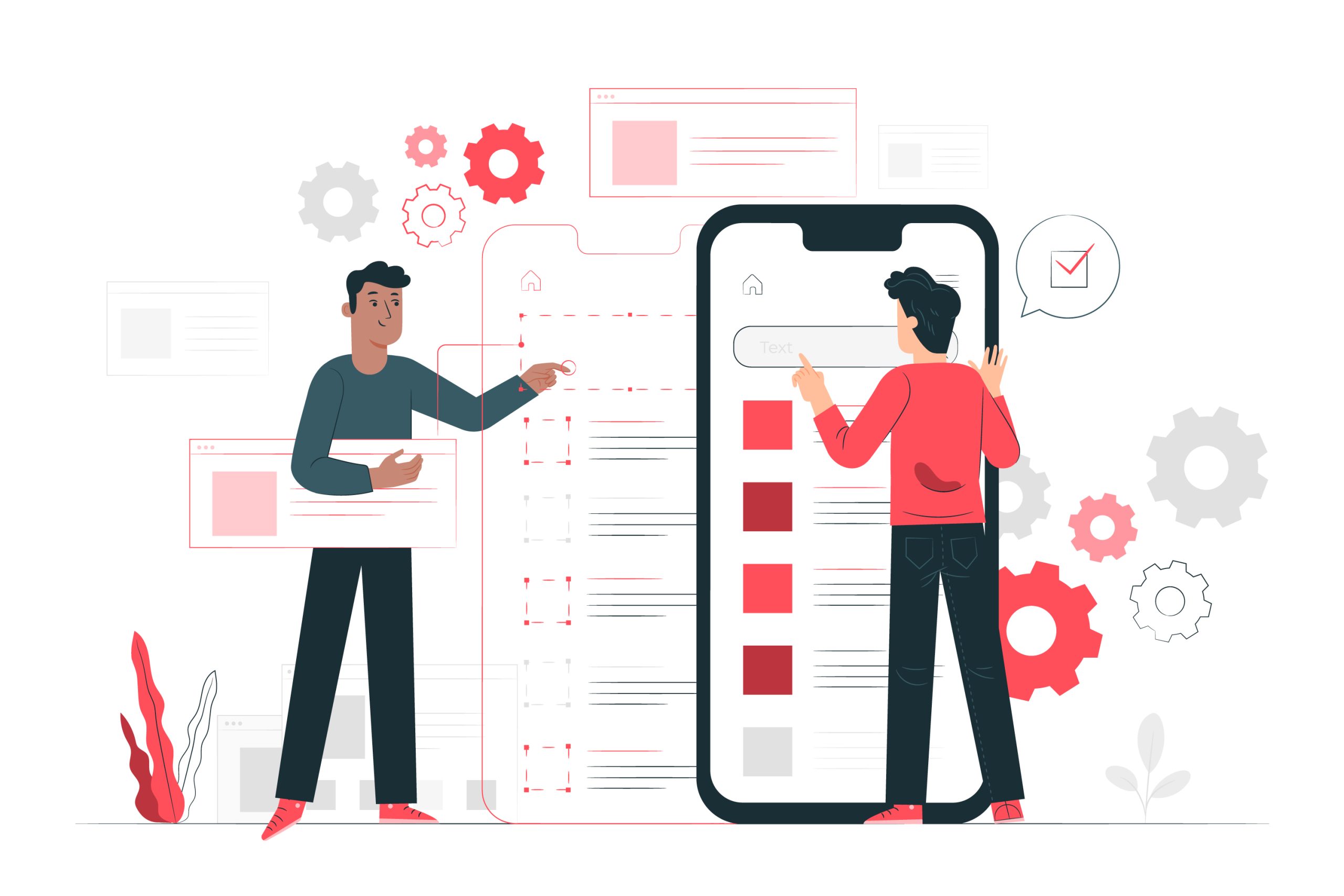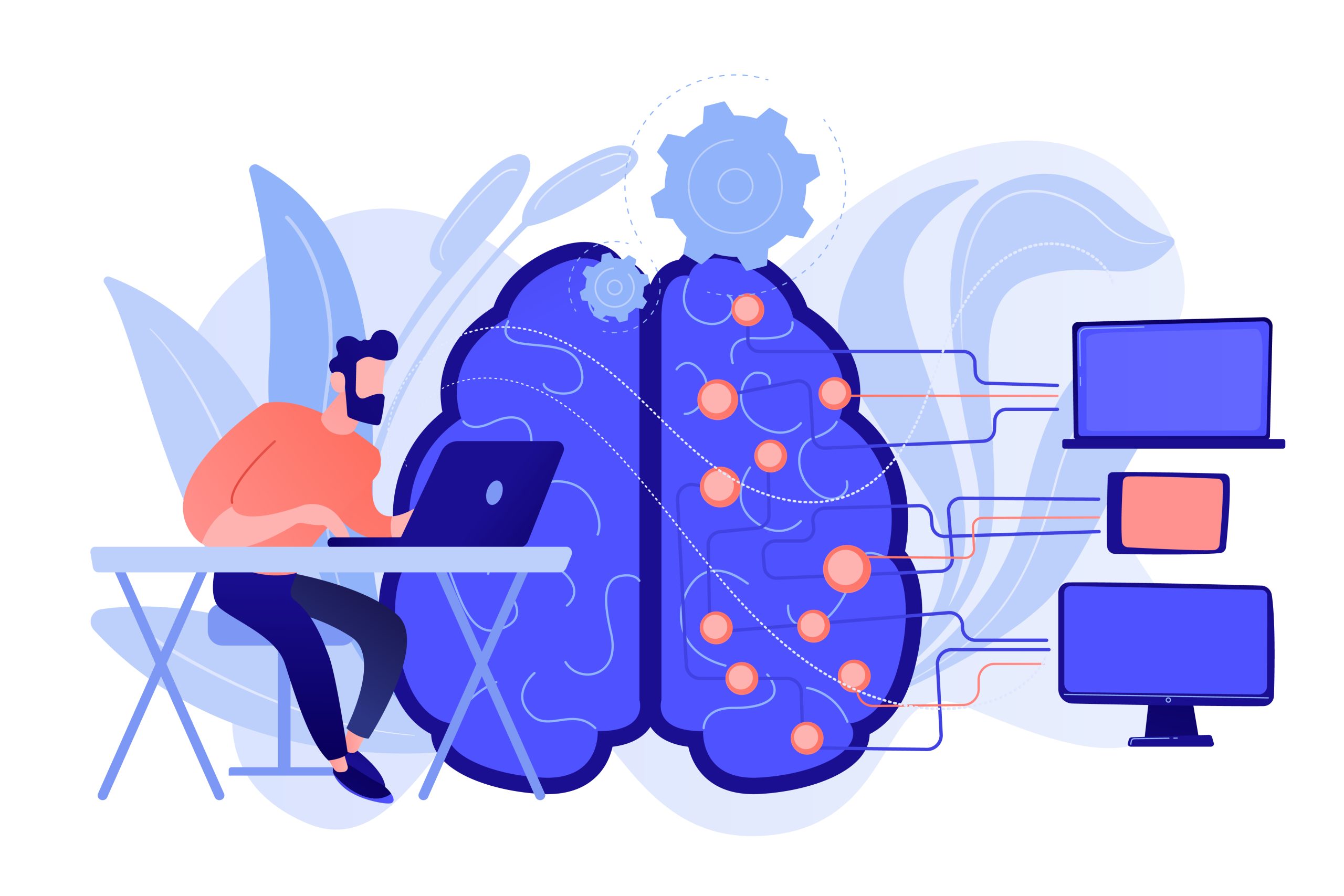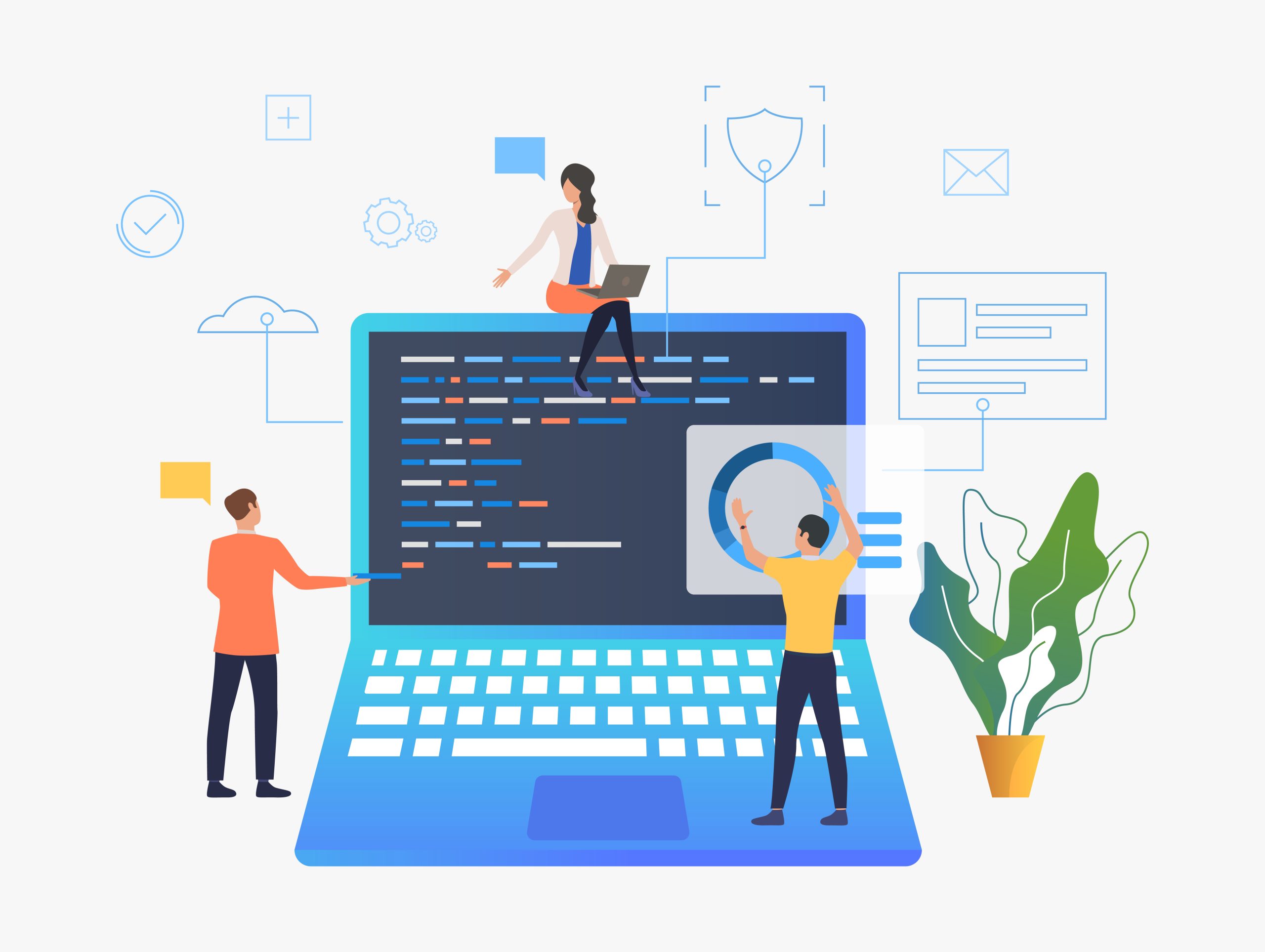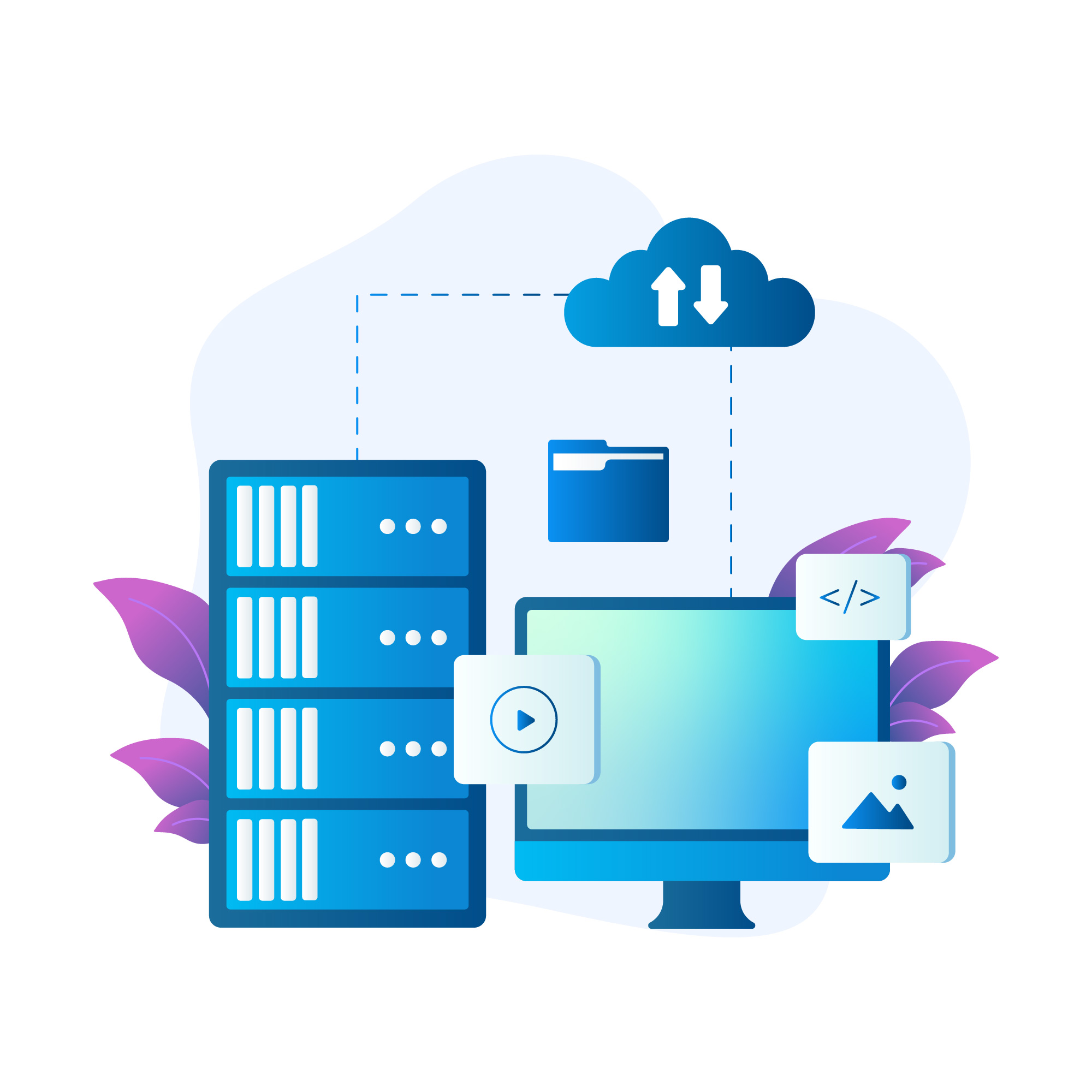Introduction
In today’s digital age, software has become an integral part of our lives. From mobile apps and desktop applications to cloud-based platforms and embedded systems, software powers nearly every aspect of modern society. However, the creation, distribution, and use of software are subject to various legal and ethical considerations, primarily revolving around software licensing and intellectual property (IP) rights. In this blog post, we will explore the fundamental concepts of software licensing and how they intersect with intellectual property, shedding light on the importance of striking the right balance between innovation and protection in the software industry.
Understanding Software Licensing
Software licensing refers to the legal framework that governs the use, distribution, and modification of computer software. When you purchase, download, or install software, you are essentially entering into a licensing agreement with the software provider. This agreement outlines the terms and conditions under which you can use the software. There are several key components of software licensing:
- Copyright: Software is automatically protected by copyright as soon as it is created and fixed in a tangible medium. Copyright gives the creator (usually the software developer or the company that employs them) exclusive rights to reproduce, distribute, and modify the software.
- License Terms: The license agreement specifies how the software can be used. Common types of licenses include proprietary (closed-source) licenses, open-source licenses, and freeware licenses. Proprietary software often comes with restrictions on redistribution, reverse engineering, and modification. Open-source software, on the other hand, allows users to view, modify, and distribute the source code freely under specific conditions.
- Permitted Use: The license will define the permitted use of the software, including the number of installations, user restrictions, and any limitations on how the software can be used, such as for personal or commercial purposes.
- Duration: The license agreement may have a duration, specifying whether it is perpetual or subject to renewal.
- Fees and Royalties: In commercial software licensing, fees or royalties may be involved, depending on the type of license and intended use.
Intellectual Property and Software
Intellectual property refers to the legal rights that protect creations of the mind, including inventions, literary and artistic works, and software. In the context of software, intellectual property primarily involves copyright and, in some cases, patents. Here’s how intellectual property relates to software:
- Copyright Protection: As mentioned earlier, software is automatically protected by copyright as soon as it is created. This protection gives the creator exclusive rights to control how their software is used, reproduced, and distributed. Users must adhere to the terms of the software’s license to avoid copyright infringement.
- Patents: While patents are more commonly associated with inventions and processes, they can also apply to software in some cases. Patents protect novel and non-obvious software innovations for a limited period, typically 20 years from the filing date. This protection encourages innovation by granting inventors exclusive rights to their inventions.
Balancing Innovation and Protection
The balance between innovation and protection in the software industry is a complex and ongoing debate. On one hand, strong IP protection can incentivize software developers and companies to invest in research and development, driving innovation. On the other hand, overly restrictive IP practices can stifle creativity and limit the potential for collaborative development.
The emergence of open-source software and permissive licensing models has disrupted traditional software licensing paradigms. Open-source software encourages collaboration, transparency, and community-driven development, providing a counterbalance to proprietary, closed-source software.
Here are some key considerations for striking the right balance:
- Choose the Right License: When developing or using software, carefully select the appropriate license that aligns with your goals. Consider factors like the level of control you want over your software, your desire for collaboration, and your revenue model.
- Respect Copyright and License Terms: Always adhere to the copyright and license terms associated with the software you use. Violating these terms can lead to legal consequences.
- Encourage Innovation: Support policies and practices that promote innovation while respecting IP rights. Encourage developers to create, share, and build upon each other’s work responsibly.
- Stay Informed: Stay informed about changes in software licensing and IP laws, as they can vary by jurisdiction and evolve over time.
Conclusion
Software licensing and intellectual property rights are integral to the software industry, shaping how software is created, distributed, and used. Striking the right balance between innovation and protection is crucial for the continued growth and development of the digital landscape. By understanding the nuances of software licensing and respecting intellectual property rights, individuals and organizations can navigate the digital frontier with confidence, fostering both creativity and legal compliance in the world of software.




